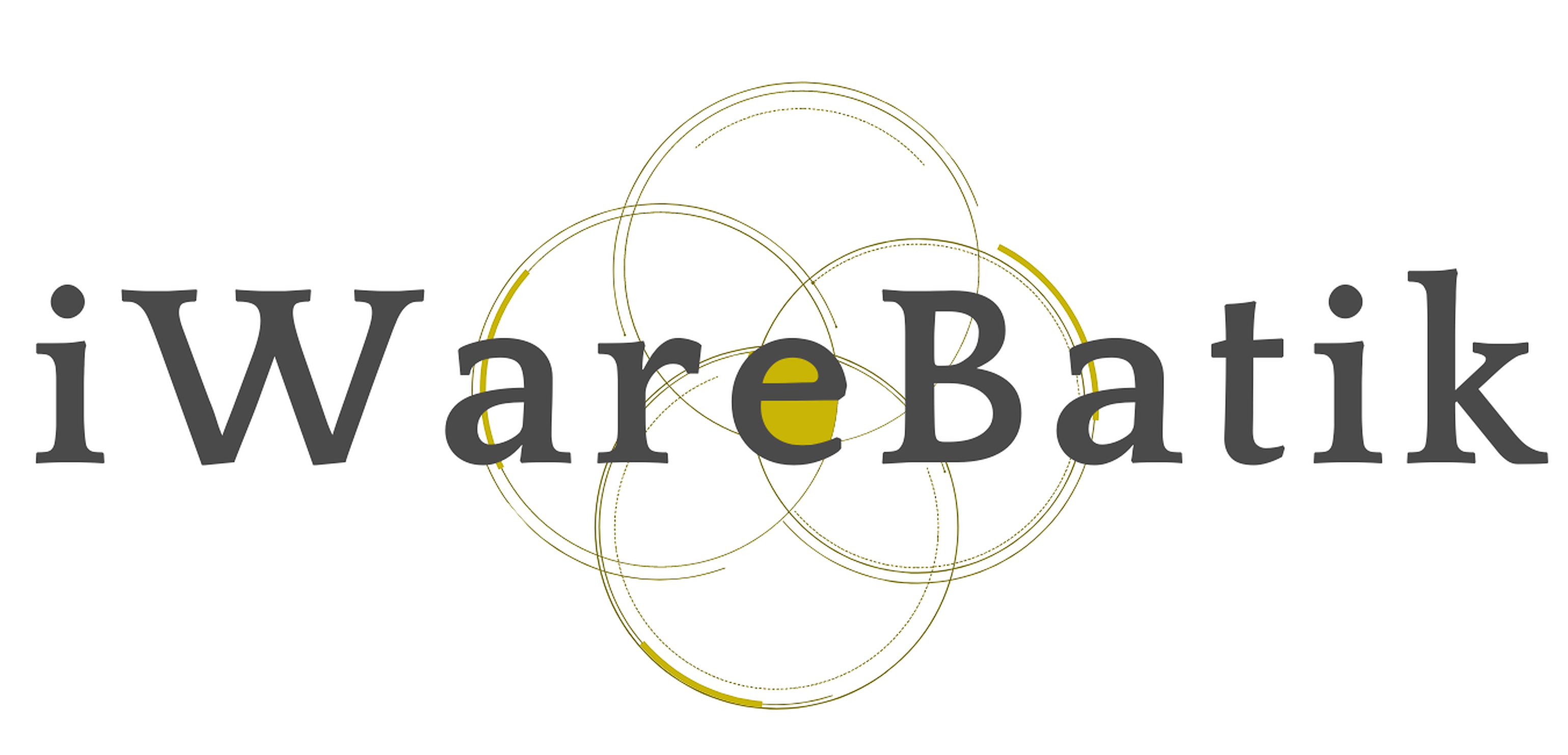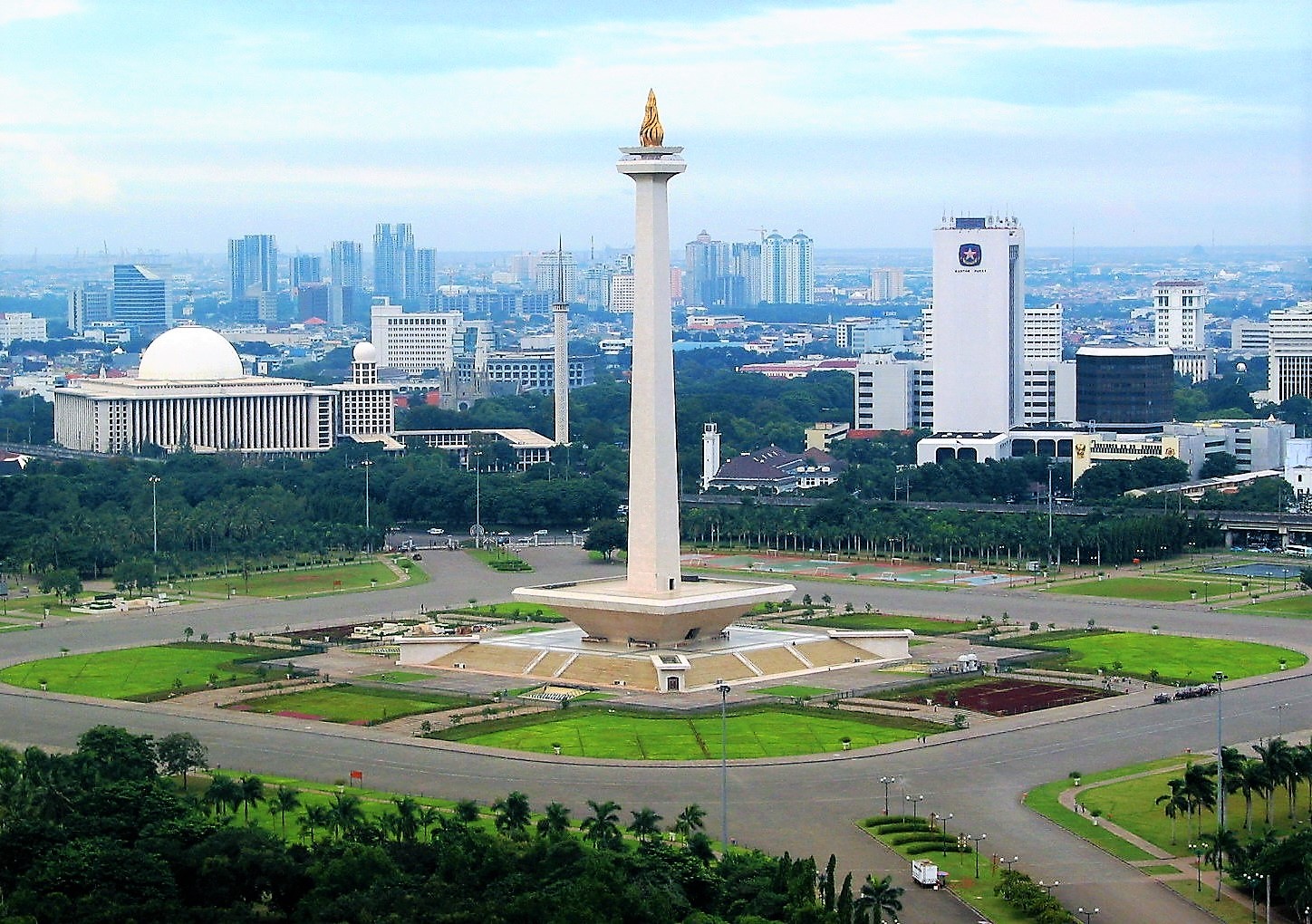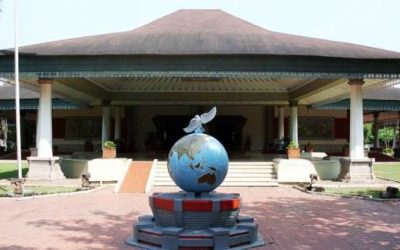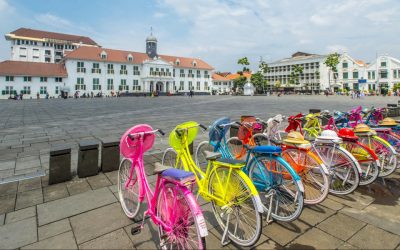Home / Batik Regions – Western Indonesia – Java Island – Jakarta / National Monument – The Monas
Cultural Destination
Embrace the spirit of the place!
National Monument – The Monas
The monument is one of the several conceived during the Sukarno era of Nationalism. It was a “lighthouse project” designed to remind our people of their forefathers’ determination, and all the efforts and lives they spent, in order for us to be able to proclaim our Independence in August 1945. The Monument is a tower shaped like a burning candle on a base, a reminder for us to keep the flames of our spirit alive. The base of the tower holds a museum that displays dioramas of important historical events that lead to our independence. In addition, you could go up with the lift to the peak of the Monument and see a panoramic view of Jakarta.
Tourist Attractions in Jakarta
Setu Babakan – Betawi Cultural Village
This place will make you know and appreciate some cultural heritage of
Indonesian Stamp Museum
This quaint museum will bring you back to in time, to when smartphones and
Kota Tua – Jakarta Old Town
Jakarta is the capital of Indonesia. It has been the theater of lots of historical and cultural
Jakarta
Batik Motifs
Discover
Indonesian
Batik
Motifs
Tubo Kelapa
Coconut tree is a symbol of a good character and strong mentality. It illustrates the more success a person, the more
Sekar Jati
Sekar means flower and Jati refers to teak trees that symbolizes a strong mental character that
Gajah Way Kambas
The motif illustrates the Lampung’s natural reserve, the Way Kambas. it also symbolizes
Sido Mulyo
Sidomulyo is one of the classical motifs, which is specifically used for the bride’s costume in
Paqbarre Allo
The word “Barre” means round and “Allo” means the sunlight. This motif is interpreted as
Angsa Duo
According to legend, the Angso duo batik motif is a pair of swans that are believed to have led Princess
Tengkawang Ampiek
With its many advantages, the Dayaks use this leaf in ritual ceremonies. This plant is a symbol of
Jupri Kembang Teh
Kembang Teh illustrates the tendrils of tea plants that grow in the highlands of
Cengkeh
The clove flower motif is the main commodity of the Tolitoli Regency. This motif represents
Merak Ngeram
The hatching peacock motif has a very deep meaning which refers to the sacrifice and
Besurek Rafflesia
The term “Basurek” refers to a textile that contains letters or inscriptions
Ake Patra
Ake is related to the divinity and the composition of the universe. It is a symbol of
Gonggong Siput
Gonggong (Strombus Turturella) is one type of sea snail found around
Salakanagara
Salakanagara batik motif illustrates the first kingdom in the Betawi land
Gamolan
This motif illustrates Gamolan, a bamboo musical instrument of Lampung that is
Kaganga Tanah Rejang
If Batik Besurek combines Arabic calligraphy motifs, then the Kaganga batik takes
Dayak Taghol
Dayak Taghol has a distinctive style of four curved lines and small dots. This motif represents
Tabir Tanjung
Tanjung flower is a type of Cherry tree flower, which is commonly found in
Enggang Dayak
Local people beliefs that hornbills are an incarnation of the Commander of the Birds. It has supernatural
Pucuk Rebung Riau
Pucuk Rebung symbolizes heart determination in achieving goals, good luck, and
Tenun Bima
The motifs are adopted from Bima woven textile. This pattern has received a great
Lontara
The Lontara script itself is a typical ancient script of Bugis and Makassar communities. History records that
Singayaksa
The Singayaksa motif comes from the name of a place where Sultan Hasanuddin used to
Teguh Bersatu
This batik motif shows the strength of the people of Kupang. It also represents a sense of
Pinawetengan
The Pinawetengan Batik pattern was taken from a prehistoric inscription in
Gumin Tambun
Based on Hindu mythology, this motif symbolizes lucks, abundant wealth, and
Prada Papua
The word “Prada” in the Javanese-Indonesian dialect means a batik textile that
Burung Bidadari
Bidadari birds are endemic birds in Halmahera. This motif represents an
Bintik Tujuh
The Bintik Tujuh (Seven Dots) motif has 7 white spots and green color gradation as
Pati-Pati Pinehiku
It symbolizes the hierarchy in society and the social status of the Mekongga
Jumputan Bintang
The word Jumputan means the tie-dye technique, while the word “Bintang” refers to
Kasih Tak Sampai
‘Kasih Tak Sampai’ is an idiom in the Indonesian language which refers to
Srimanganti
The name of the Srimanganti motif is derived from Palace’s hallway that connects to
Honai
The Honai is inspired by the traditional house of the Papuan community living in
Sero Tangga
The Sero Tangga illustrates an endearing feeling and sacrifices of a person to fulfil
Daun Sirih
This motif illustrates betel leaves that are used by Lombok communities as traditional
Parang Seling
Parang Seling or “alternating daggers” is a royal batik motif. It is a feminine variant of
Tangerang Herang
Tangerang Herang motif is a symbol of Tangerang city. The Tangerang Herang batik motif consists of
Karawo Pinang
Pinang refers to the Palm areca tree. This motif is considered as the original
Gurdo Solo
Gurdo or garuda bird is the mount of the Indian god Vishnu. As the Sun Bird,
Gigi Haruan Lidi
The Gigi Haruan Lidi motif is taken from the name of the cork fish and is a symbol of
Rangkiang
The word “Rangkiang” refers to the rice granary in the Minangkabau language. It symbolizes
Bomba Mawar
This motif means sacred love for family, kingdom, and God; It also illustrates
Leuit Sijimat
This motif reflects the daily activities of the Baduy tribe in Banten. The main ornaments of batik motif consist of:
Sekomandi
Its philosophical meaning is the eternal union which refers to a saying “until death do us part”
Ikan tambal
The word “Ikan” refers to fish. The philosophical meaning of Ikan Tambal means is
Durian Pecah
Broken Durian motifs depict the foundation of faith. The second half signifies the mastery of
Malinau Cultural Festival
You will witness a unique competition that might not be found other than in
Bale Lumbu
This motif signifies the welfare of the ancient Sasak society. Bale also symbolizes the
Mahkota Siger
Siger is the crown of a noblewoman in ancient time. It is a symbol of femininity, strength, and
Daun Lada Hitam
The black pepper motif represents the main commodity of Bangka Belitung
Tongkonan
Toraja’s traditional house is called Tongkonan. Tongkonan is a place for
Kuda Kupang
Horses symbolize wealth. It contains noble values of virtuous characters that bring
Biji Kopi
The coffee seeds motif illustrates the pride of local coffee specialities in
Sandeq
Sandeq Boat is a symbol of the maritime importance of the West Sulawesi region. The greatness of
Gentala Arasy
Built as high as 80 meters, the tower also highlights the historical side of
Kawung
The Kawung motif was created by Sultan Agung Hanyokrokusumo (1593 – 1645) as a symbolic gift for
Pohon Hayat (Tree of Life)
The Batik motifs in Lampung are dominated by the acculturation of Buddhist and
Besurek Rembulan
This batik illustrates praise for God who created the wonderful universe
Gorga Simeol-Meol
The Gorga Simeol-meol is a pattern of plant tendrils. it is regarded as a symbol of longevity and
Keluak Daun Pakis
The word “Keluak” is a Minang language which means twisted or tangled. The Motif of
Buketan Bali
The Balinese bouquet (Buketan Bali) is a floral arrangement and the name is
Kaharingan
The Kaharingan or ‘tree of life’ based on the Dayak tribes’ belief system. This tree symbolizes
Lok Baintan Floating Market
As you can imagine, the most authentic thing is that you can buy things and even
Taiganja
Taiganja is a precious gold pendant that shows the social status of the Kaili family. It is
Kain Cual
Cual textile tradition has existed since the 17th century. The word “Cual” refers to
Karawo Mahkuta
Mahkuta refers to Gorontalo’s traditional crown. It represents noble characters of
Desa Na Tolu
The Desa Na Tolu characteristic pattern symbolizes the Batak philosophy of existence and
Raja Ampat
Raja Ampat motif represents the marine life at Raja Ampat archipelago in
Daun Simpor
This motif is inspired by the Simpor plant (Dillenia Suffruticosa) which is a typical
Bultiya
The word ‘Bultiya’ is an acronym of the three major tribes in North Kalimantan, namely
Ukir Sentani
The Ukir motif is a batik motif that is inspired by various traditional Sentani wood carvings
Hiu Taliyasan
Indonesia is also home to the world’s largest fish, the whale shark (Rhincodon typus). Hiu Taliyasan refers to
Gonggong Beruntun
This motif illustrates that a person should maintain a positive attitude and
Pattimura
Pattimura is the name of an Indonesian hero who fought against colonialism in
Tampuk Manggis Sasirangan
The motif illustrates the philosophy of the mangosteen fruit, which is






